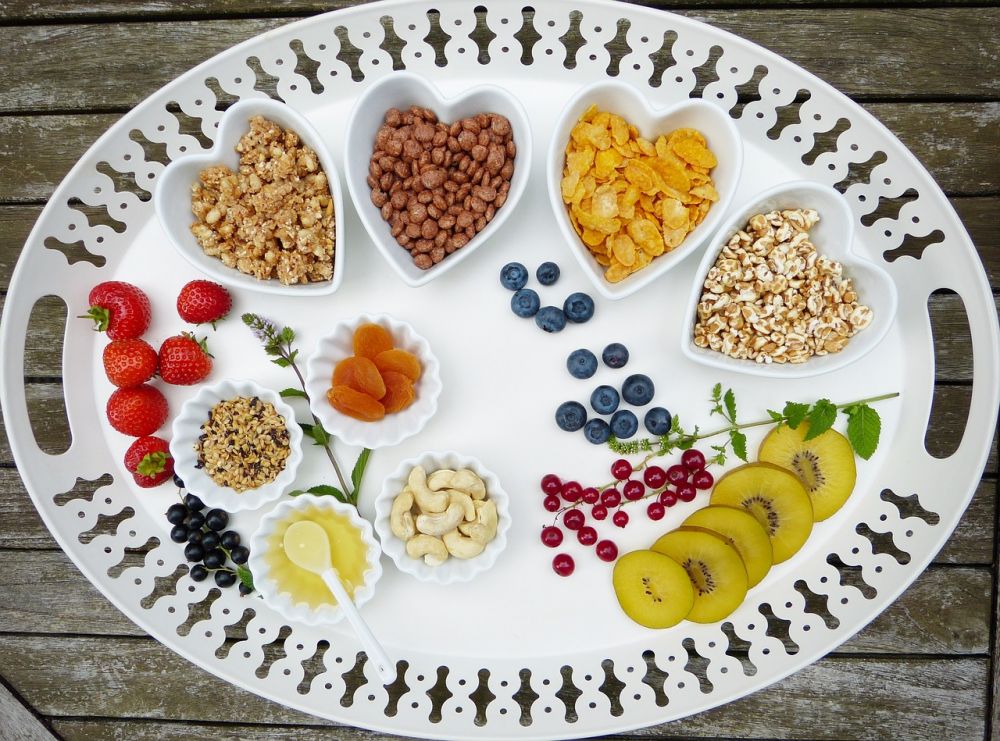Juice Diet: A Comprehensive Guide for Health-Conscious Consumers

Introduction
A Juice Diet is a popular approach to detoxification and weight loss that involves consuming only juices made from fruits and vegetables for a certain period. It is widely practiced by health-conscious individuals looking to improve their overall well-being. In this article, we will provide an in-depth overview of the Juice Diet, discussing its various types, popularity, quantitative measurements, differences between different juice diets, and a historical review of their pros and cons.
Overview of Juice Diet

A Juice Diet, also known as Juice Cleanse or Juice Fast, is a dietary protocol that involves abstaining from solid foods and consuming only freshly squeezed juices for a certain duration, typically ranging from a few days to a few weeks. The main premise behind the Juice Diet is to provide the body with an abundance of nutrients while giving the digestive system a break. By drinking nutrient-rich juices, individuals aim to detoxify their bodies, boost their immune system, and promote weight loss.
Types of Juice Diets
There are several types of Juice Diets available, each with its own specific guidelines and purposes. Some of the most popular ones include:
1. Fruit Juice Diet: This type of Juice Diet focuses on consuming juices made primarily from fruits. It provides a rich source of vitamins, minerals, and antioxidants.
2. Vegetable Juice Diet: As the name suggests, this Juice Diet emphasizes juices made from vegetables. It is praised for its high fiber content and ability to promote detoxification.
3. Green Juice Diet: Green juices are a combination of leafy greens, vegetables, and sometimes fruits. This Juice Diet is lauded for its alkalizing effects and ability to boost energy levels.
4. Detox Juice Diet: This Juice Diet is designed to cleanse the body from toxins accumulated through unhealthy eating habits or environmental exposure. It often incorporates juices with ingredients known for their detoxifying properties, such as ginger and turmeric.
Quantitative Measurements of Juice Diet
Juice Diets can be evaluated using various quantitative measurements to assess their effectiveness and impact on the body. Some key measurements include:
1. Caloric Intake: Juice Diets typically have a significantly lower caloric intake compared to a regular diet. This reduction in calories can lead to weight loss, but it is important to ensure that the body receives adequate nutrition during the fasting period.
2. Nutrient Content: Juices are rich in vitamins, minerals, and antioxidants. Analyzing the nutrient content of different juices can help determine their potential health benefits and effectiveness in meeting recommended dietary guidelines.
Differences Between Juice Diets
Although all Juice Diets involve consuming mainly juices, there are notable differences between them. These differences include:
1. Ingredients: Different Juice Diets use different combinations of fruits, vegetables, and herbs. Some focus more on fruits for a sweeter taste, while others prioritize vegetables for their nutritional value.
2. Duration: Juice Diets can vary in duration, ranging from a few days to a few weeks. The length of the diet may depend on personal goals, health condition, and preferences.
Historical Review of Juice Diet Pros and Cons
Over the years, Juice Diets have garnered both praise and criticism. Here is a historical overview of their pros and cons:
Benefits of Juice Diets:
1. Nutrient Boost: Juice Diets provide a concentrated source of vitamins, minerals, and antioxidants, promoting overall health and vitality.
2. Digestive System Rest: By consuming only liquids, the digestive system gets a break from processing solid foods, allowing it to heal and rejuvenate.
Drawbacks of Juice Diets:
1. Nutrient Deficiencies: Some Juice Diets can lead to nutrient deficiencies, especially if followed for an extended period. This can be mitigated by ensuring a diverse range of juices and supplementation if necessary.
2. Unsustainability: Juice Diets can be difficult to sustain in the long run due to their restrictive nature. It is essential to transition back to a balanced diet after completing the Juice Diet to maintain results.
Conclusion
Juice Diets offer individuals a way to detoxify their bodies, lose weight, and enhance their overall well-being. With various types to choose from and different benefits associated with each, it is important to consider personal goals and health conditions when selecting a Juice Diet. By understanding the quantitative measurements, differences between diets, and historical pros and cons, health-conscious consumers will be able to make informed decisions about incorporating Juice Diets into their lifestyles.
[INSERT VIDEO HERE]





